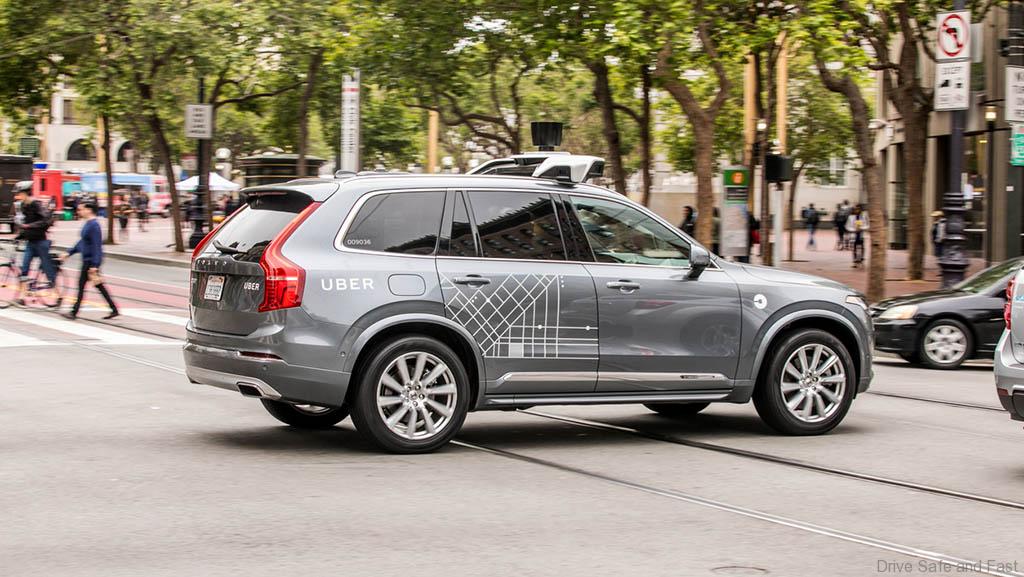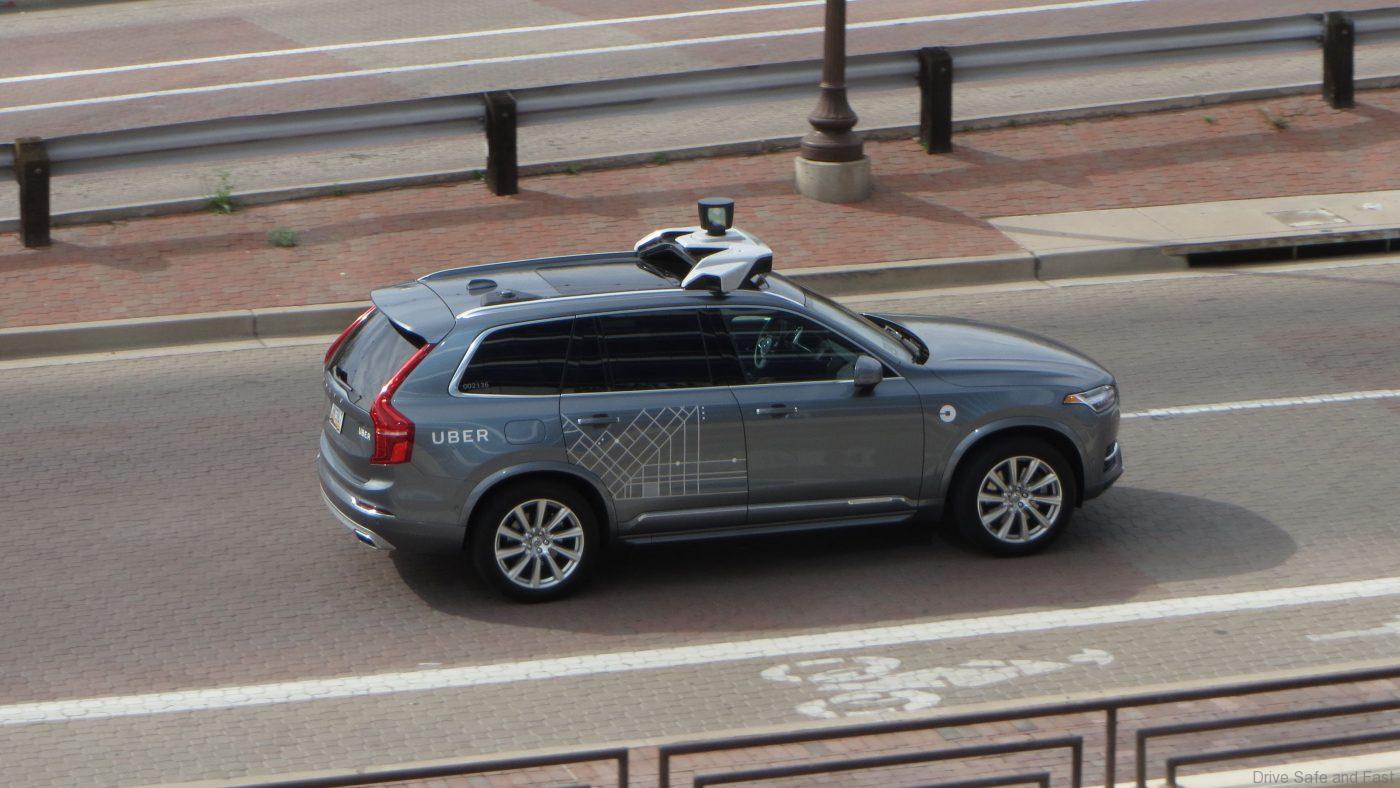In March this year, one of Uber’s self-drive Volvo XC90’s on a test run drove into a woman on a bike who was about to cross a road in Tempe, Arizona. The woman died in hospital and Uber took their self-driving cars, which were still in a test phase, out of service throughout North America.
The first statement from the police chief of Tempe said after seeing a video of the incident, ‘it is believed that the accident had been inevitable due to the sudden maneuvering of the woman who led her bike over the road, and it happened along a very dark area of the street’.
A few days later, another video was released to the public showing the incident being recorded by the car’s on-board camera. The film showed that the woman initially moved in a dark area, which in the eyes of the human eye made her vulnerable. On the other hand, the car’s sensors, radar systems and cameras should have detected her.
Further investigation conducted found that Volvo’s built-in technology, with sensors that detects objects in front of the car and which brakes if the situation requires, had been disconnected when the accident occurred.
The American IIHS’s (Insurance Institute for Highway Safety) chief researcher David Zuby said in a new report that the woman probably would have had lived today if Volvo’s technology had been switched on and ready to do its job as designed by Volvo safety experts.
“The Volvo XC90’s safety system would have prevented or mitigated the collision, but it never got the chance to intervene or warn the driver,” said Zuby.
So……this is why we at www.dsf.my think it is best to continue the development of the self drive car, but not have it running around or praised as the next great thing in the automotive community and instead keep educating drivers on how to be better drivers and avoid being distracted by smart phones and in-car gimmicks that take your attention away from the road. Develop better drivers before you develop autonomous cars.







